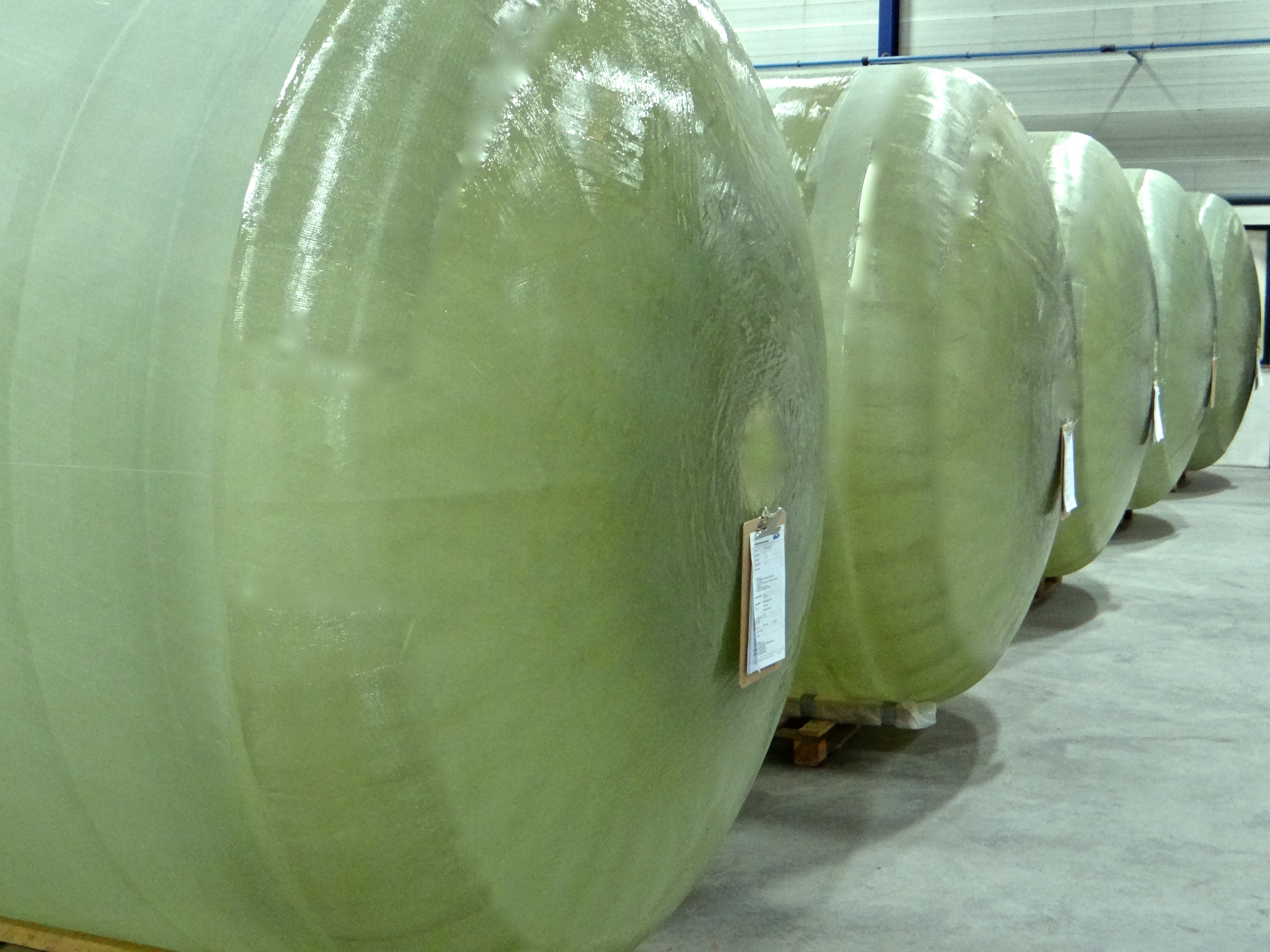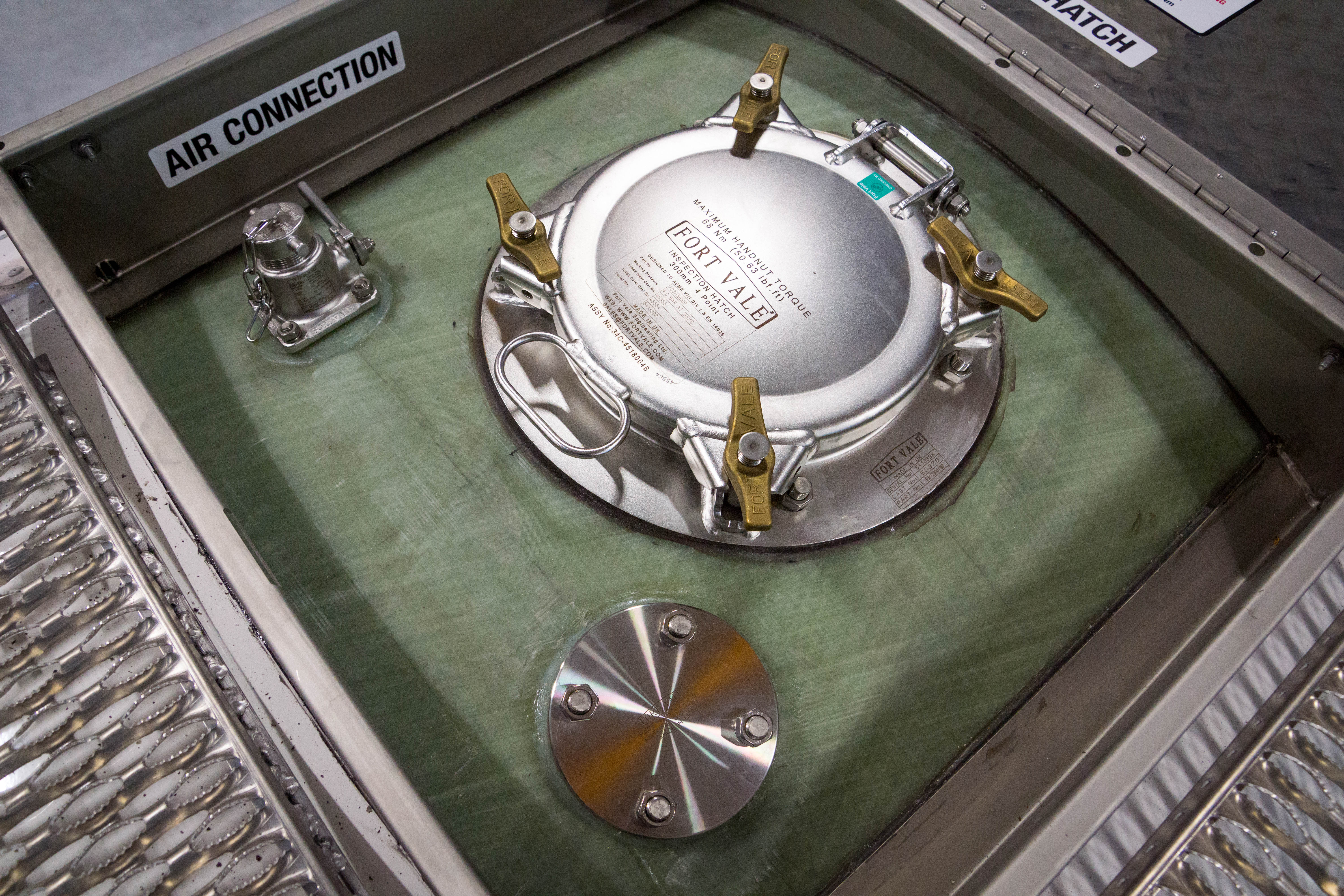
Aliancys, which produces resins for composite applications, has formed part of a team developing new type of composite tank container that could reduce freight cost per trip by 5 to 10%.
Bulk tank containers used for intermodal transport should be as light as possible, in order to accommodate the maximum amount of freight inside. At the same time, they need to be strong and durable, so they are safe to use for a 15 to 20 years working life with minimal maintenance and repair, the companies say.
The containers were developed by Dutch company Tankwell, using Atlac 5200 FC resin from Aliancys. In 2015, Tankwell introduced new technology for manufacturing composite tank containers. ‘The entire tank is made in one filament winding step, instead of the traditional method of combining separate end-caps onto a circular filament wound core,’ said Casper Willems, managing director of Tankwell. ‘This means the wall thickness of the composite tank is lower than for comparable composite tank structures. For our tank containers an external frame is incorporated in the overall design, resulting in an assembly with excellent rigidity and mechanical integrity. The manholes, valves and auxiliary components are still standard parts in metal and are nicely integrated in the composite structure.’
Atlac 5200 FC resin can reportedly resist a broad range of chemicals, making the tank container suitable for a variety of end uses. ‘Aliancys has been supporting Tankwell in resin selection, and in the fine-tuning of design and processing,’ adds Rob van de Laarschot, Head of Technical Service at Aliancys. ‘In order to understand the fit of using the tanks for specific chemicals, we can build on our chemical resistance information system with years of chemical resistance testing on our resins.’
The composite swap body tank container with a capacity of 31,000 liters can weighs as little as 2,200 kg, which is 40% less than the traditional stainless steel tank containers.

Composite benefits
‘These newly designed tank containers will transport two metric tons of product more on every trip,’ said Jacco van Holten, commercial director at Den Hartogh Logistics. Freight cost is dropping by five to 10% as a direct result. Together with this significant increase on payload, comes the saving on actual loading and unloading operations.’
The newly constructed composite tank containers also have a 40% better thermal insulation compared to stainless steel tank containers. An additional benefit is the relative smoothness of the inner surface. While stainless steel surfaces may suffer from pitting and can retain traces of a product from a previous load, the composite surfaces remain cleaner and require less intensive scrubbing.
Since December 2015, Den Hartogh Logistics has been using the composite tank containers in its fleet, which already consists of more than 19,000 tank containers worldwide.
This story is reprinted from material from Aliancys, with editorial changes made by Materials Today. The views expressed in this article do not necessarily represent those of Elsevier.





